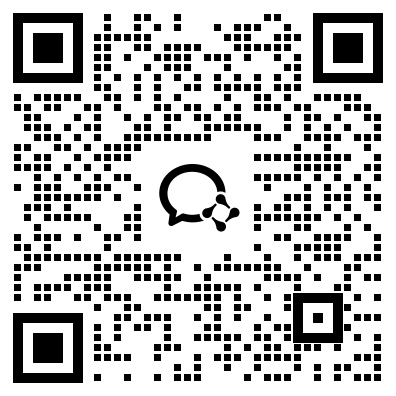Connecting Windows and Linux
Samba Linux is a software package that enables seamless file and print sharing between Linux and Windows operating systems. Samba allows Linux servers to act as file and print servers for Windows clients, and vice versa, giving users the ability to share files and printers across mixed operating system environments.
From an organizational perspective, Samba Linux is a valuable tool for companies that operate in heterogeneous environments - where different operating systems are used for different business purposes. With Samba, administrators can easily share resources such as files and printers between Linux and Windows clients. This eliminates the need for duplicate hardware investments, as well as streamlining the overall business process.
Samba is also an ideal solution for small businesses that aspire to operate a Linux file server in a Windows-dominated environment. Not only does Samba enable seamless sharing of files and printers between the two operating systems, but it also affords the benefits and stability of a Linux file server.
From a technical perspective, Samba is an open-source implementation of the Server Message Block (SMB) and Common Internet File System (CIFS) protocols developed by Microsoft. Samba understands the SMB/CIFS protocol used by Windows for file and printer sharing, as well as other key network services such as authentication and directory services.
Despite being developed by the open-source community, Samba has gained widespread acceptance and approval from major technology companies like Microsoft. Samba is a mature, enterprise-class software package that is widely used, stable, and reliable.
While Samba provides an effective way to share files between different operating systems, it also has some limitations. For example, Samba does not support some of the advanced features that Windows natively provides, such as Shadow Copies, which allows users to access previous versions of a file. Additionally, some applications may not function properly when accessing files from a Samba shared resource.
In conclusion, Samba Linux is a versatile tool that manages seamless file and print sharing between Linux and Windows systems. It provides benefits for organizations operating in heterogeneous environments, as well as small businesses that want to implement a Linux file server in a Windows-dominated environment. Samba is a mature, widely-used software package that has gained approval from major technology companies. However, there are some limitations to Samba’s functionality, particularly when compared to the native features of Windows operating systems.
Keywords: Samba, Linux, Windows, file sharing, print sharing, SMB/CIFS protocol
微信扫一扫,领取最新备考资料
